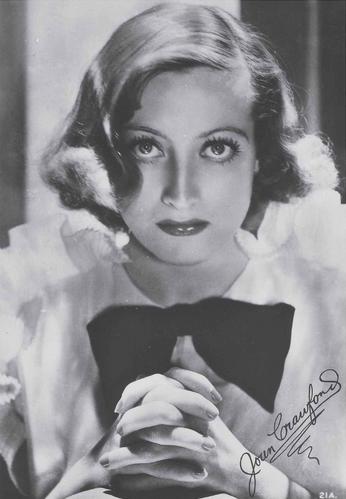This is part of a series of posts on beauty through history, following the book of historian Madeleine Marsh: Compacts and Cosmetics: Beauty from Victorian Times to the Present Day.
- Introduction and "the long 19th century"
- Inter-war: the rising of Hollywood
- War and Post-war: a society in recovery
- Baby boomers: when teenagers are consumers
- Capitalism wins: supermodels, super products
Expect to see a new text every tuesday until the end of August.
***
The 1920's
The Great War represented a big shift in society. Never before had a war caused so many deaths, needed so many men and been so cruel. With fire arms one didn't need to face the enemy anymore, which represented an enormous change on how war was fought.
With men away in the front, women were to take over new tasks and work. The body had to be more free to perform certain movements, and so in the 1920's we see much loser garments that certainly look very different and feel much more comfortable compared to that "S" Edwardian silhouette.
It's interesting to see though how this flat body shape took over and became the idea of beauty (that certainly happens all the time), to the point of actually there being binders to help women compress theirs bodies and achieve the desired boyish look.
In make-up, everything seemed more exaggerated: rouge, dark and bright shades of lipstick and an incredibly thin eyebrow, usually shaved and drawn over with a pencil. By the way, body hair was suddenly of great concern, since dresses were more revealing and more skin was exposed. And so a number of products espefically designed for depilation were suddenly available.
The author draws attention to how products were advertised at this time. Relying on women's insecurity, advertisers asked if you were hairy, smelly or wrinkly to sell razors, deodorants (a brand new product, can you believe it?), Q-tips, mouth washers, powders among other products.
What I certainly think abhorrent is how these ads paved the way to reinforce women's dissatisfaction with their (actually "our") bodies up to the present time. But even though I find the need we feel even today to be always depilated and smelling like strawberries, I certainly buy the idea that a lot of it is personal hygiene. I know, I'm contradictory.
The 1930's
Now, this is a decade I still don't quite get and plan on researching, but I'll tell the little I understand of it.
As I see it, this is when Hollywood really took off, with sound films increasingly popular and movie stars on the spot. Max Factor, who was already a film industry authority, invented and commercialized the pancake in the late 30s. With colored movies, foundation had to have different colors while still providing a flawless skin to be showcased in close-ups. People were eager to know what stars used and imitate them, so it seems like this decade was when make-up previously designed for performing arts became more readily available to a broad audience.
I can't avoid thinking glamour when talking about the 30s. Wavy hair, bright red lipstick and shiny fabrics. Apparently the new created star system (at first, actors weren't supposed to be famous in order to avoid high salaries) made it for great publicity not only for movies, but brands and style in general. You could copy a look with the right technique and products and actresses even used make-up as a way of distinguishing themselves: Bette Davies applied her lipstick ignoring the cupid's bow, while Joan Crawford went for enlarging it. Eye make-up was also becoming more elaborate with the use of eyeshadows and a lot of mascara.
In conclusion, it seems that the inter-war period was when make-up really secured its place as a contant in women's lives. The beautiful compacts from those decades are also a sign of this change, when painting one's face wasn't a private act and something to hide, but rather to show-off: and Hollywood played a great part in it.
***
Next up: we'll talk about the war and post-war era: the severity of the early 40s and the soviety in recovery in the 50s.
All images were taken from the book "Compacts and Cosmetics: Beauty from Victorian Times to the Present Day". Except for the picture of the abdominal binder (taken from the private collection of the author, Madeleine Marsh), all other images are in public domain.
All images were taken from the book "Compacts and Cosmetics: Beauty from Victorian Times to the Present Day". Except for the picture of the abdominal binder (taken from the private collection of the author, Madeleine Marsh), all other images are in public domain.





























